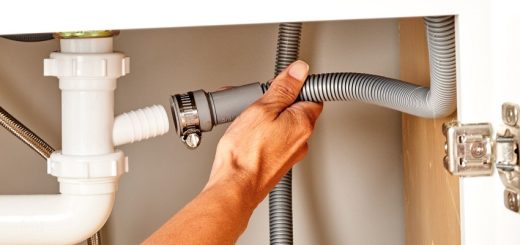What to Know About Vapour Degreasing
Vapour degreasing is a precision cleaning method that condenses solvent vapour onto parts, dissolving oils and fluxes and leaving a dry, residue free surface. It is widely used where consistent cleanliness is essential before bonding, coating, assembly or inspection. Understanding the basics helps teams choose suitable solvents, equipment and controls.
How the Process Works
A sealed machine boils solvent in a sump. Vapours rise to a chilled zone and condense on cooler parts. Clean condensate lifts soils and drains to a rinse area, while contamination stays in the boil sump. With a closed, distilled cycle, results are consistent and parts exit dry.
Choice of solvent must balance cleaning power, material compatibility, and safety. Practical guidance on controls, ventilation, and operator protection is set out in HSE advice on surface cleaning with solvents.
For anyone interested in learning about electroless nickel coating, consider checking out a specialist such as poeton.co.uk/surface-treatments/plating/electroless-nickel-plating/.
Benefits, Risks, and Typical Applications
Compared with many aqueous lines, vapour systems need no separate drying stage. They are common in medical devices, electronics, aerospace, and precision machining. Ultrasonic agitation is added to improve removal of residues, subject to component limits.
Effective preparation underpins reliable finishes. Clean substrates bond better and resist corrosion. Many shops pair vapour degreasing with abrasive or alkaline steps before electroless nickel coating.
When specifying a vapour degrease, define soils, critical materials, target cleanliness and throughput. Confirm solvent stability, and check for leaks, refrigeration performance and cold trap integrity. With careful selection and validation, vapour degreasing delivers consistent, fast and economical cleanliness for high value parts over time.













